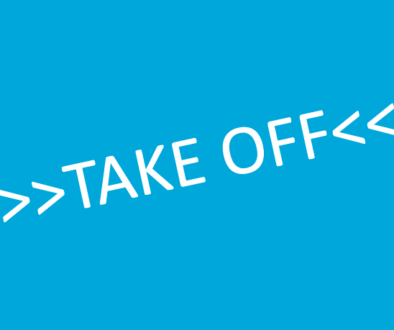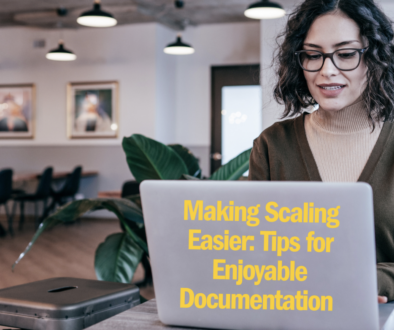What if I need too much time for documenting work…. 
In the previous blog post, we listed ideas for you on how to make sure that you don’t overbook a time slot, and use the time for documenting the work so that you can later hand it over to other employees. However, what if the time of this slot is not long enough for the documentation and you don’t finish it because you get lost in the details? Sure, you want to do everything right and work very precisely and perfectionistically. This is definitely one of your great strengths, but it makes it even more difficult to hand over work because you always want to document everything in detail. The following ideas show how you can handle your documentation easier and how to keep a good overview of your workflow.
1. Set up a rough visual process system and go later into details
To effectively tackle the task of documenting your workflow, it’s beneficial to follow an outside – in approach. First establish a rough system, called process maps, and then start to fine-tune level to level. This method provides a structured way to ensure comprehensive and organized documentation, and assures you do not get lost into details.
One effective strategy to consider is starting with a visual representation of the process before delving into detailed explanations. Begin by creating a high-level process landscape or flowchart that outlines the major steps of the process and continue then to get down into details from level to level. This visual representation provides an instant overview of the entire process, helping you identify key stages and their interconnections. By focusing on the big picture at this stage, you avoid getting bogged down in unnecessary details that can clutter your documentation
Once you have your visual representation, you can start writing the actual documentation. Instead of long paragraphs, use clear headings and bullet points. This keeps things concise and lets readers quickly grasp the main points of each step.
Headings and bullet points act as a guide for both you and your readers. They help you navigate the process without overwhelming you with too much information and assures you to not get lost into details. This approach sets the stage for expanding on each point later for more in-depth explanations.
2. Publish end-dates
A simple way to boost your motivation is to let others know about your deadline for finishing your process documentation. When people are aware, you’ll feel more pressure to stick to your timeline. This external accountability helps you stay on course and avoid delaying the task. Sharing your deadline with others makes you feel responsible and less likely to procrastinate. Plus, their support creates a positive environment for completing your documentation on time. This trick is all about using external expectations to help you stay focused and get the job done efficiently.
3. Videos instead of writing down
Since writing takes much longer and it is also more difficult for most people to express themselves in writing than orally, many people find it easier to record explanations on video. Not only are the explanations usually easier, but the visual possibility of showing documents or documents also helps. So before you think long and hard about what and how to document your workflow in writing, try an explanatory video. In our opinion, you can pass on a lot of information in a very short time.
4. Look for a minder or supervisor.
Find a “minder” or supervisor to help you. This person acts as a guide to keep you from getting too caught up in the details of your task. They offer external control and direction, helping you stay focused and avoid you to drift into details. This approach works well for tasks needing to keep an overview; the minder’s presence helps you stick to your task’s goals. Working with a supervisor builds support, boosting productivity and efficiency, leading to successful task completion.
5. Support from modelers/document helpers
Of course, you always have the option of getting support from a modeler who will do the documentation for you. Since he comes from outside, he can quickly and easily get an overview and recognize the most important points of your tasks. He can create a framework for you and document the workflow so that you only have to rework small details if necessary. It’s a quick way to get help to share your work.
By integrating these strategies, you can master the art of effective documentation, successfully capturing processes while maintaining a clear overview. The path to delegation and growth becomes smoother, ensuring that your expertise is efficiently shared and your business flourishes.





 We use cookies on our website to give you the most relevant experience by remembering your preferences and repeat visits. By clicking “Accept”, you consent to the use of ALL the cookies. However you may visit Cookie Settings to provide a controlled consent.
We use cookies on our website to give you the most relevant experience by remembering your preferences and repeat visits. By clicking “Accept”, you consent to the use of ALL the cookies. However you may visit Cookie Settings to provide a controlled consent.